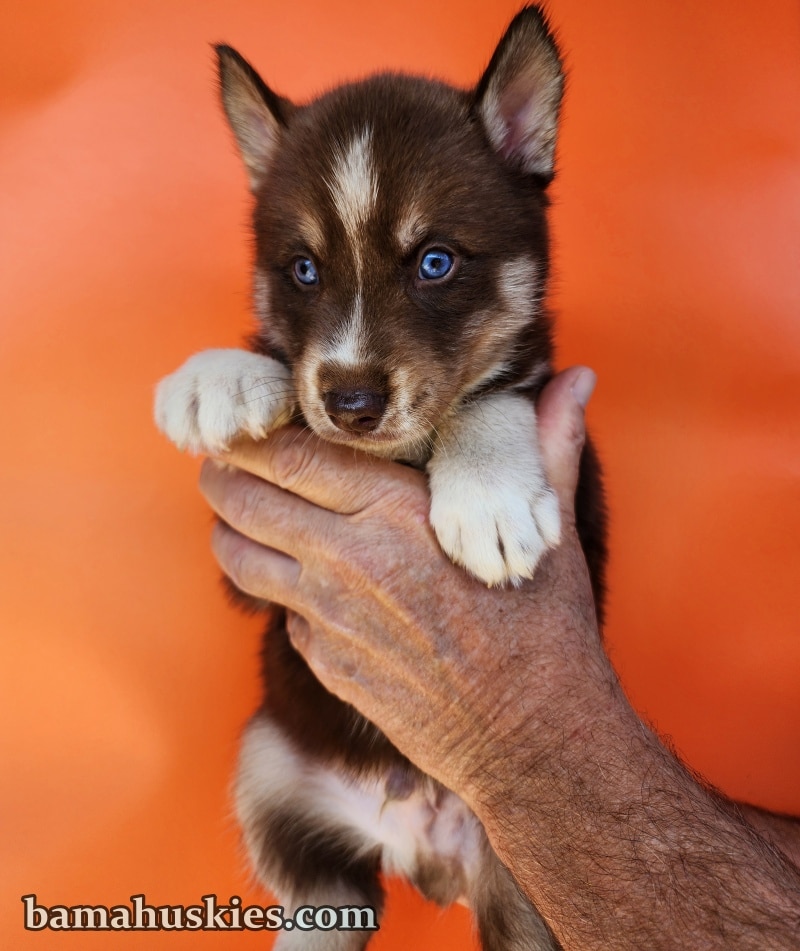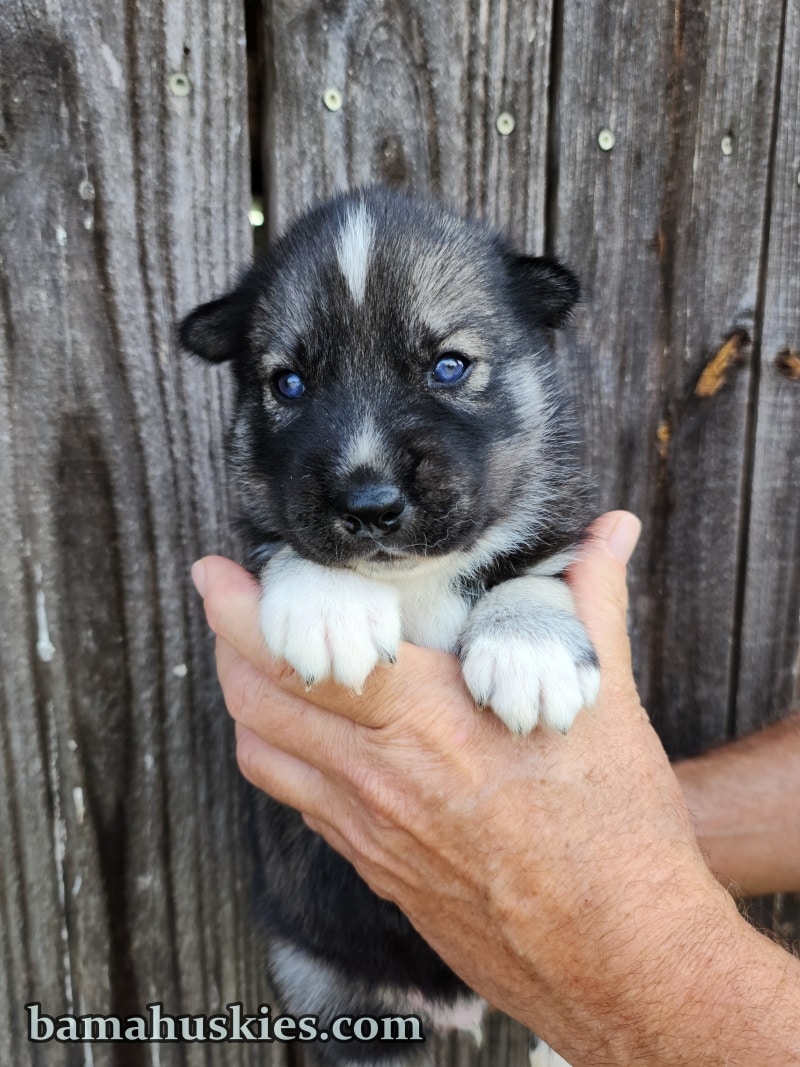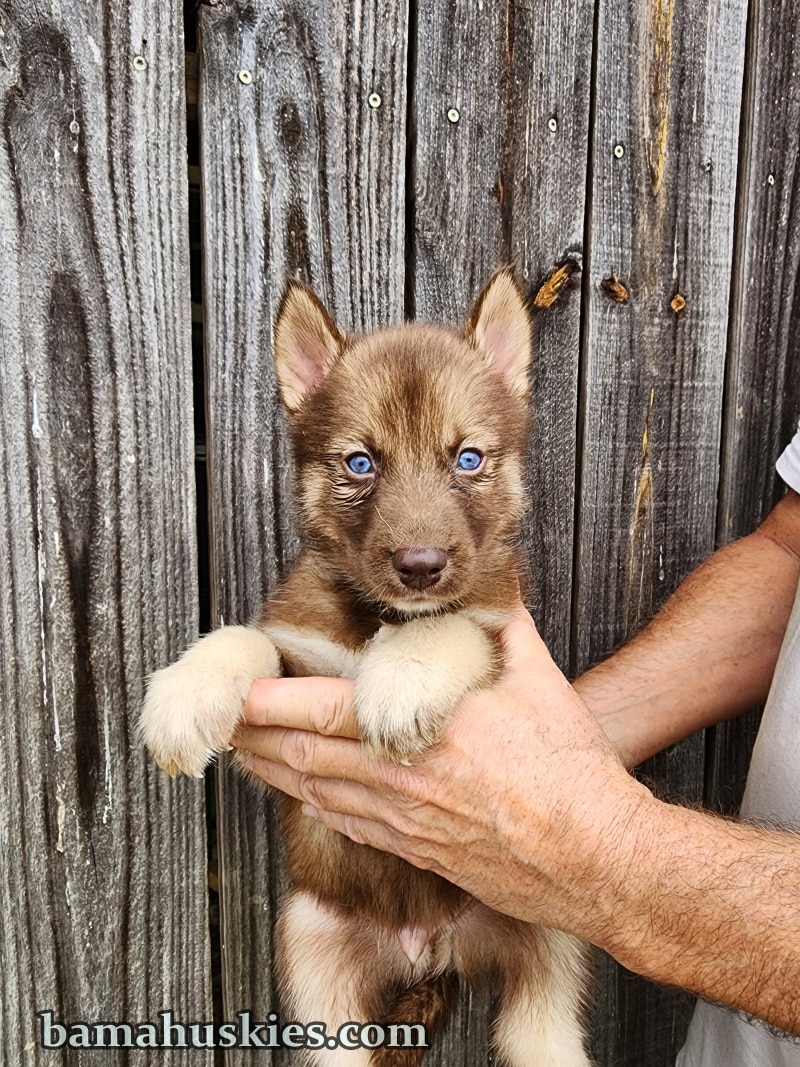 Discover the secret to a healthy and happy Husky pup as we delve into the art of balancing exercise and rest for your furry friend. Mastering the ideal walk length is crucial for your growing Husky’s physical and mental well-being, ensuring they develop strength, endurance, and social skills in perfect harmony. As a breed that boasts incredible stamina and a natural affinity for the great outdoors, finding the right balance can be a challenge for new and experienced pet parents alike. In this insightful guide, we’ll unravel the key factors you need to consider to provide your Husky pup with the perfect blend of activity and relaxation. So, strap on your walking shoes, unleash your curiosity, and join us on this exhilarating journey towards nurturing a strong, spirited, and contented Husky companion. Understanding the Importance of Exercise for Husky Puppies
Discover the secret to a healthy and happy Husky pup as we delve into the art of balancing exercise and rest for your furry friend. Mastering the ideal walk length is crucial for your growing Husky’s physical and mental well-being, ensuring they develop strength, endurance, and social skills in perfect harmony. As a breed that boasts incredible stamina and a natural affinity for the great outdoors, finding the right balance can be a challenge for new and experienced pet parents alike. In this insightful guide, we’ll unravel the key factors you need to consider to provide your Husky pup with the perfect blend of activity and relaxation. So, strap on your walking shoes, unleash your curiosity, and join us on this exhilarating journey towards nurturing a strong, spirited, and contented Husky companion. Understanding the Importance of Exercise for Husky Puppies
Husky puppies are known for their boundless energy and enthusiasm, which can be both endearing and exhausting for their human companions. Exercise plays a vital role in the physical, mental, and emotional well-being of your Husky pup, helping them develop strong muscles, healthy joints, and proper coordination. Regular physical activity also helps to burn off excess energy, keeping your puppy calmer and more focused when they are at home.
In addition to the physical benefits, exercise also provides essential mental stimulation for your Husky puppy. This intelligent breed thrives on engaging activities that challenge their brains and encourage them to learn and problem-solve. Exercise and playtime offer ample opportunities for your puppy to explore their environment, interact with other dogs and humans, and develop important social skills that will help them become well-rounded, confident adult dogs.
Furthermore, establishing a consistent exercise routine from an early age can help prevent behavioral issues such as excessive barking, chewing, and digging. A well-exercised Husky puppy is less likely to become bored or frustrated, which can lead to destructive behaviors. With this in mind, it’s easy to see why finding the right balance between exercise and rest is crucial for your growing Husky pup.
The Role of Rest in Your Husky Puppy’s Development
While exercise is essential for your Husky puppy’s growth and development, so is rest. Puppies need ample downtime to allow their bodies and minds to recuperate from their daily adventures. Rest is particularly important for young dogs, as their bones, muscles, and joints are still developing and need time to recover after periods of strenuous activity.
In addition to physical recovery, rest also plays a key role in your Husky puppy’s mental development. Sleep is crucial for puppies, as this is when their brains process and consolidate the new experiences and information they have encountered throughout the day. Ensuring your puppy gets plenty of rest will not only help them grow into a strong, healthy adult dog but also support their cognitive development and overall mental well-being.
It’s important to remember that every Husky puppy is unique, and their individual rest requirements may vary. Factors such as age, size, and activity level can all influence how much rest your puppy needs. As their pet parent, it’s up to you to observe their behavior and adjust their rest periods accordingly, ensuring they have the opportunity to recharge and grow in a healthy, balanced way.
Factors to Consider When Determining the Ideal Walk Length
When it comes to finding the perfect walk length for your Husky puppy, there is no one-size-fits-all solution. Each puppy is different, and their individual needs and preferences must be taken into account. However, there are some key factors to consider when determining the ideal walk length for your growing Husky pup.
Firstly, consider your puppy’s age. Younger puppies may not have the stamina or coordination to handle long walks, while older puppies will be better equipped to tackle more extended periods of exercise. Be mindful of your puppy’s energy levels and adjust the length of their walks accordingly, gradually increasing the distance as they grow and develop.
Next, take into account your Husky puppy’s fitness level. A puppy that is regularly engaged in physical activity will likely have greater endurance and be able to handle longer walks than a more sedentary pup. Be sure to consider your puppy’s overall health and consult with your veterinarian if you have any concerns about their ability to handle extended periods of exercise.
Finally, consider the weather and environmental conditions during your walks. Hot, humid weather or cold, icy conditions can make walks more challenging for your Husky puppy, potentially requiring shorter walk lengths to ensure their safety and comfort. Always be mindful of the conditions and adjust your walking routine accordingly to keep your puppy healthy and happy.
The Impact of Age on Your Husky’s Exercise Requirements
As your Husky puppy grows and develops, their exercise requirements will change. It’s essential to understand the impact of age on your puppy’s exercise needs and adjust your walking routine accordingly to support their ongoing growth and development.
During the early stages of puppyhood, between 2 to 4 months of age, short, frequent walks are ideal. Aim for 5 to 10-minute walks, several times a day, to help your puppy develop their coordination and muscle strength. At this age, it’s also essential to provide ample opportunities for supervised playtime, both indoors and outdoors, to help your puppy learn and practice essential social skills.
As your Husky pup reaches the 4 to 6-month mark, you can begin to gradually increase the length of their walks. Aim for 15 to 20-minute walks, 2 to 3 times a day, to help your growing pup build their stamina and endurance. Continue to provide plenty of playtime and socialization opportunities, as these experiences remain crucial for your puppy’s mental and emotional well-being.
From 6 months onwards, your Husky puppy will be better equipped to handle longer walks and more strenuous activities. Aim for 30 to 45-minute walks, twice a day, to keep your puppy physically and mentally engaged. As your puppy approaches adulthood, their exercise requirements may continue to evolve, so it’s essential to remain attentive to their needs and adjust their walking routine as needed.
Tips for Creating a Balanced Exercise and Rest Schedule
Finding the perfect balance between exercise and rest for your Husky puppy can feel like a daunting task. However, with a few simple tips, you can create a schedule that meets your puppy’s needs and helps them grow into a healthy, happy adult dog.
- Establish a consistent daily routine: Creating a predictable daily schedule can help your puppy feel more secure and help you manage their exercise and rest periods more effectively. Aim to incorporate regular walk times, play sessions, and rest periods into your puppy’s day, adjusting as needed to accommodate their changing needs.
- Monitor your puppy’s energy levels: Pay close attention to your Husky pup’s energy levels throughout the day. If your puppy seems overly energetic or restless, they may require more exercise or mental stimulation. Conversely, if your puppy appears lethargic or disinterested, they may be in need of additional rest. Use these cues to guide your decisions regarding the length and frequency of walks and play sessions.
- Provide opportunities for mental stimulation: In addition to physical exercise, ensure your Husky puppy has ample opportunities for mental stimulation throughout the day. Interactive toys, puzzle games, and training sessions can all help keep your puppy’s mind engaged and prevent boredom.
- Gradually increase walk lengths: As your Husky puppy grows and develops, gradually increase the length of their walks to accommodate their changing needs. Be mindful of your puppy’s energy levels and reactions to longer walks, adjusting the duration and frequency as needed to ensure their well-being.
- Consult with your veterinarian: If you have any concerns about your Husky puppy’s exercise or rest needs, consult with your veterinarian for guidance. They can help you develop a tailored plan to ensure your puppy’s health and happiness.
Signs Your Husky Puppy May Be Overexercising or Not Getting Enough Rest
As you work to create the ideal exercise and rest schedule for your Husky puppy, it’s essential to be aware of the signs that your pup may be overexercising or not getting enough rest. Monitoring your puppy’s behavior and well-being can help you identify potential issues and make necessary adjustments to their routine.
Signs of overexercising in your Husky puppy may include excessive panting, limping, reluctance to continue walking, or difficulty settling down after exercise. If you notice any of these signs, consider reducing the length or intensity of your puppy’s walks and discuss your concerns with your veterinarian.
On the other hand, signs that your Husky puppy may not be getting enough rest include irritability, difficulty focusing, or an increase in destructive behaviors such as chewing or digging. If your puppy exhibits any of these behaviors, ensure they have ample opportunities for rest throughout the day and consider consulting with your veterinarian for additional guidance.
By staying attentive to your Husky puppy’s needs and making adjustments to their exercise and rest schedule as needed, you can ensure their ongoing health and well-being.
Adjusting Your Husky’s Walk Length as They Grow
As your Husky puppy continues to grow, it’s essential to adjust their walk length to accommodate their changing needs. Regularly reassess your puppy’s exercise requirements and make necessary adjustments to ensure they remain healthy and happy.
Consider factors such as your puppy’s age, size, fitness level, and overall health when making adjustments to their walk length. As your Husky pup matures and develops greater stamina and endurance, they will likely be able to handle longer walks and more strenuous activities. However, it’s essential to make these changes gradually and monitor your puppy’s reactions to ensure they remain comfortable and content.
Remember that every Husky puppy is unique, and their individual exercise requirements may vary. Stay attentive to your puppy’s needs and work closely with your veterinarian to develop a tailored exercise plan that supports their ongoing growth and development.
The Benefits of Working with a Professional Dog Trainer or Veterinarian
When it comes to finding the perfect balance between exercise and rest for your Husky puppy, working with a professional dog trainer or veterinarian can be incredibly beneficial. These experts can provide valuable guidance and support, helping you develop a tailored plan to meet your puppy’s unique needs.
A professional dog trainer can help you create an engaging and effective exercise routine for your Husky puppy, incorporating activities that challenge their minds and bodies while promoting essential social skills. They can also provide guidance on gradually increasing your puppy’s walk length and adjusting their routine as they grow and develop.
Your veterinarian can offer crucial insights into your Husky puppy’s overall health and well-being, helping you determine the appropriate amount of exercise and rest for your pup. They can also identify any potential health concerns that may impact your puppy’s exercise requirements and provide guidance on adjusting their routine to accommodate these needs.
By working closely with these professionals, you can ensure your Husky puppy receives the perfect balance of exercise and rest, supporting their growth and development and setting them up for a lifetime of health and happiness.
Conclusion: Ensuring a Healthy and Happy Life for Your Growing Husky Pup
Balancing exercise and rest is crucial for your growing Husky pup’s physical and mental well-being. By understanding the importance of both exercise and rest, considering key factors such as age and fitness level, and working closely with a professional dog trainer or veterinarian, you can create a tailored exercise plan that meets your puppy’s unique needs.
With patience, dedication, and a commitment to providing the perfect blend of activity and relaxation, you can ensure your Husky pup develops strength, endurance, and social skills in perfect harmony. In doing so, you’ll not only nurture a strong, spirited, and contented Husky companion but also create a deep, lasting bond that will enrich both your lives for years to come.








